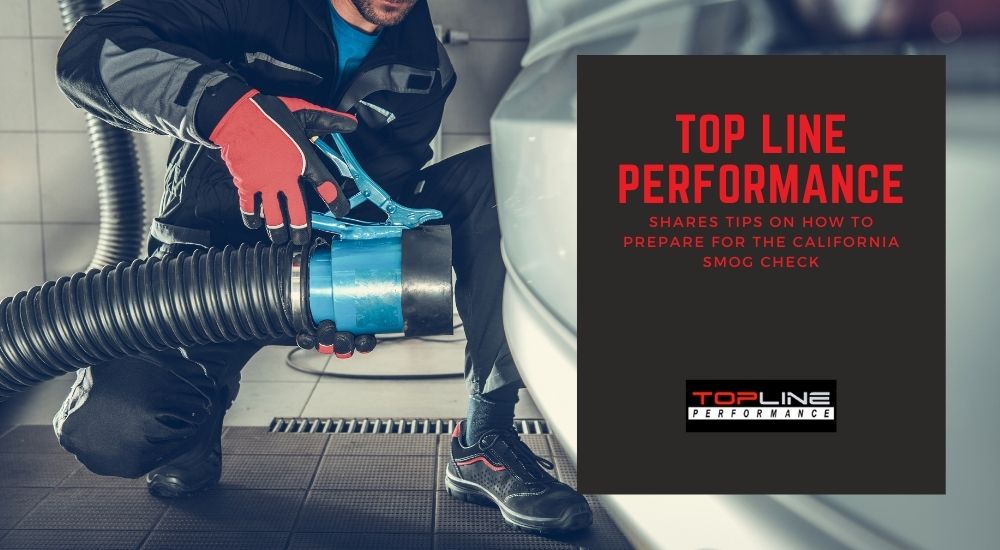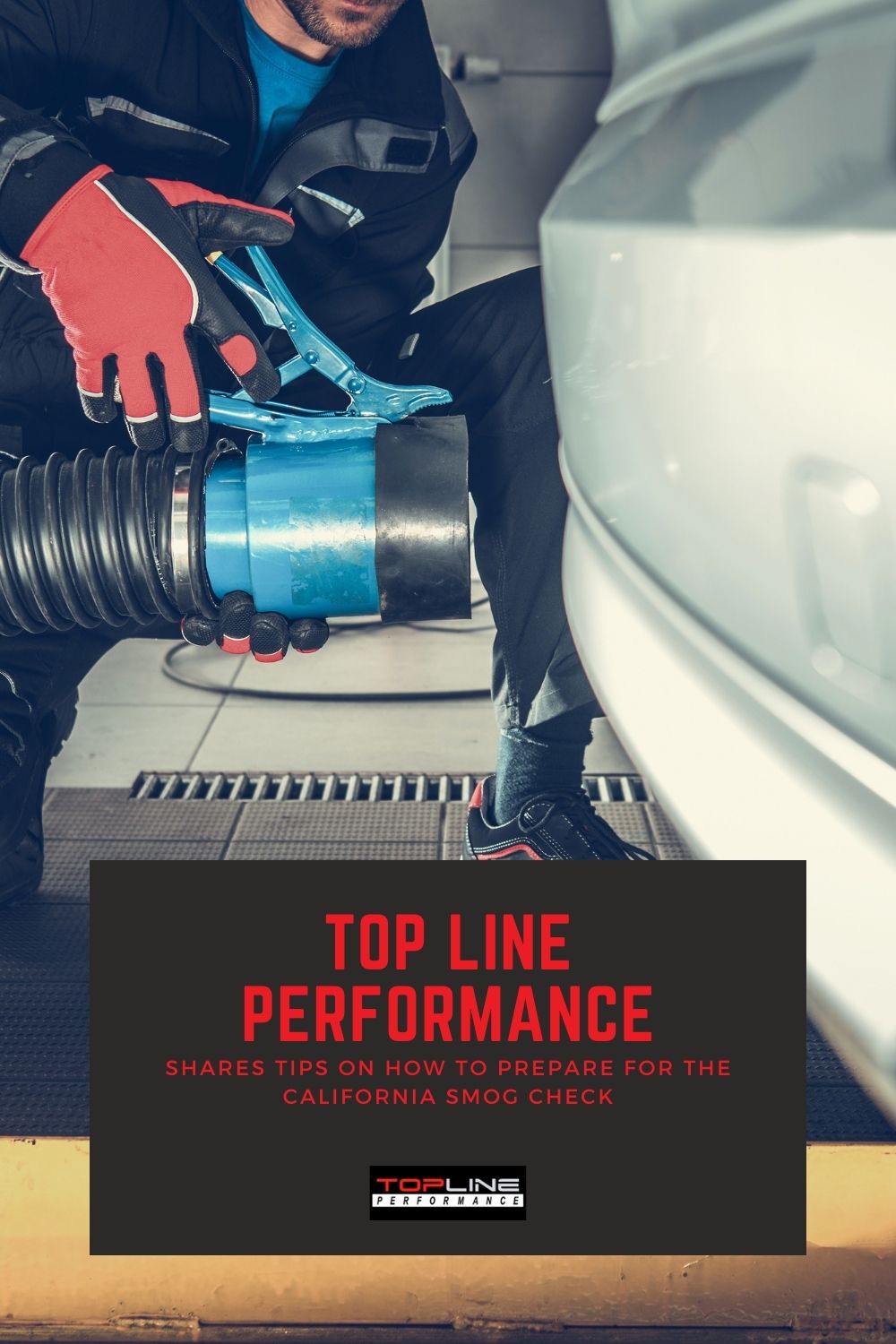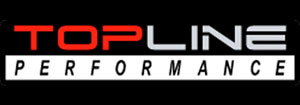
As one of the leaders in smog control and emission reduction, California has a heavy crown to wear when it comes to clean air standards. At least sixteen other states have taken our cue in various other industries to reduce carbon in the atmosphere. So, when you are due a smog check, remember that this is our state’s way of protecting our cities from further pollution. An auto repair shop in Huntington Beach CA like Top Line Performance can help you prepare your vehicle for the California smog check with preventative maintenance and necessary repairs.
California’s requirements apply to every car made in 1976 or later, whether it runs on diesel, gas, propane, hybrid electricity, or other fuel sources. Cars that are registered in California must pass a smog test once every two years and before the title can be transferred to another owner. According to auto repair shops in Huntington Beach, the registration inspection fee is often waived for new vehicles that are purchased in California. However, this depends on the model and fuel power. Any vehicle brought in from another state must undergo the inspection as well, as long as it was made in 1976 or later. The only exceptions to this rule are diesel passenger cars made before 1997, motorcycles, diesel trucks weighing more than 14,5000 pounds, title transfers between immediate family, and vehicles with a valid smog certificate within 90 days of a title transfer.
In order to ensure your car passes the California smog check, it is a good idea to visit a mechanic who specializes in auto repair in Huntington Beach. Independent auto shops like Topline Performance will perform regular maintenance services to keep your car running in tip-top shape and prevent smaller issues from escalating into full-blown problems.
Here are eight things that you can do to prepare your car for a smog test:
Ensure Your Vehicle is Running Properly
If your car is not running correctly, then it will likely fail a smog inspection. Take your car to Top Line Performance, an auto repair shop in Huntington Beach CA, to resolve any mechanical problems.
Take a Drive
Experts recommend driving your vehicle for twenty minutes, prior to a smog inspection. This will help warm up the vehicle and ensure that it is running at its optimal level. If your smog station is close by, then take a roundabout route to reach 10 or fifteen miles before you get your inspection.
Research Additives
Many vehicles can use fuel additives to reduce emission levels and pass inspection. Typically, these additives are poured into the car’s gas tank during refueling. Make sure to follow the instructions on the fuel additive label to meet industry standards.
Check Tire Pressure
For cars that were made in 1999 or later, they will be driven on a dynamometer to collect a sample of exhaust. It is important that your car’s tire pressure is even in order to offer greater accuracy for the exam.
Change Oil
It is not a good idea to go into a smog check when the oil in your car’s engine is contaminated. If the exam is close to its oil change date, then you should have the oil changed first. This will increase your chances of passing the inspection.
Ensure No Warning Lights On
One of the worst things you can do is go into a smog test when your car’s check engine light is on. This will be an automatic failure. If your car has a warning light, then you should take it to a certified repair shop to have the issue checked out.
Keep Track of Battery Life
Has your car just recently had a battery replacement or jump start? Experts recommend waiting at least a week and driving 100-200 miles before getting a smog check. This is because the self-test monitors in the engine control unit are erased when a battery is depleted or disconnected. This may affect smog test results.
Avoid Rainy Weather
Wet tires can lose traction and slip during a test on the dynamometer. Plus, this can put extra strain on the engine. Experts recommend saving your smog check for a dry day so as not to interfere with emissions results.


